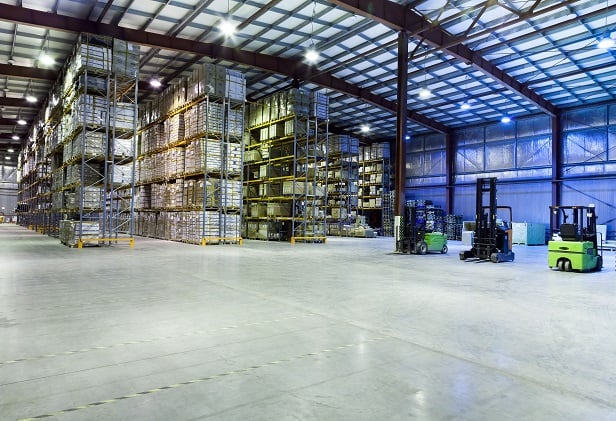We are clearly in the early days of COVID-19 in the US. Reports from China and South Korea are emerging that the novel coronavirus may have peaked in those countries, giving hope that it could well be contained here in short order as well.
But what if can't? How will commercial real estate markets fare if it is still present in the next three to six months? To be clear, there is still so much unknown about the COVID-19 and its spread in the US, that such projections can be difficult to make. However, Moody's Analytics took a stab at it in a recent report.
For starters, it disabused the notion that the US economy will emerge unscathed from the crisis. "The US economy will not be able to escape the fallout from COVID-19," Moody's Analytics Chief Economist Mark Zandi said in the report. "Real GDP growth is likely to be 1.5% this year, below the economy's 2% potential growth rate."
One asset class that will be in the cross hairs is industrial if COVID-19 cannot be contained in the near term.
Simply put, the country's supply chains will be at risk as businesses remain closed and households remain in quarantine.
However, it is more nuanced than that, Moody's Analytics said. "The delivery of goods and services may be delayed, but it is unlikely that long-term leases of industrial buildings (with some stretching to 20 years) will be renegotiated (unless a wide-scale rash of business bankruptcies and a major global recession ensues)."
If households are forced to stay home, warehouse/distribution facilities purposed for last-mile deliveries may in fact experience a surge in interest and demand, as long as online delivery services are not disrupted as well, the report said.
At the same time, some retail properties, already under fire from the threat of online commerce, may actually experience a boost in local demand if households are forced to stay close to home and/or have to limit their activities to local establishments, it said.
However, this is assuming that supply chains aren't disrupted so much that grocery shelves run out of stock for an extended period of time — which is one of the many unknowns about COVID-19.


